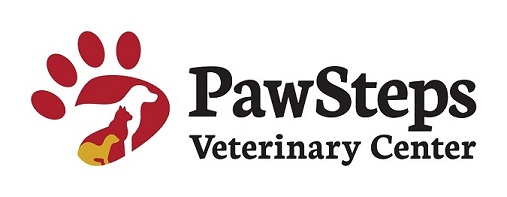Library
-
Motion sickness in dogs is a common problem. It is more common in younger dogs than in adults. Many adult dogs become anxious or nauseous during travel due to a lack of conditioning and the overwhelming, unusual stimuli associated with moving inside a vehicle. Signs your dog may be experiencing motion sickness may include whining, drooling and smacking lips, pacing, vomiting or diarrhea, and lethargy or inactivity. The best way to ease your dog’s travel anxiety is by taking several short trips before embarking on a long haul. If your dog seems to need more help to stay calm during travel, speak to your veterinarian about anti-nausea medication, anti-anxiety medications, as well as natural calming agents such as pheromones.
-
Most cats settle into a new home fairly easily. They crave familiarity, so it is best to bring along many familiar objects, such as litter boxes and favored furniture. Cats must be initially secured to prevent their escape, as they may attempt to return to a prior home and could be lost or injured along the way. It is best to introduce your cat to your new home gradually and with supervision.
-
Most dogs seem to take moving in stride, if they are with are with their familiar social group. Try to anticipate changes in the dog’s routine and introduce the changes prior to the move. Familiarize your dog with any novel noises that might be associated with the new home. If there will be new pets or people in the new home, arrange introductions ahead of time in a neutral location. When you arrive at your new home, give your dog plenty of time to adjust before trying to leave him alone.
-
Many herding breeds (most commonly Collies and Australian Shepherds) have a mutation at the MDR1 gene that makes them more sensitive to the negative effects of certain medications. These drugs include several antiparasitic agents (when given at high doses), the antidiarrheal agent loperamide (Imodium®), and several anticancer drugs. The effects of the mutation vary in severity, depending on whether the dog carries one or two copies of the mutation. There is a cheek swab or a commercially-available test that assesses blood samples for the presence of the MDR1 mutation.
-
Neutering and castration are the common terms used to describe the surgical procedure during which both testicles are removed to sterilize a male cat. Neutering is recommended to prevent urine marking and other territorial behavior, such as roaming and fighting with other cats, which increases the risk of contracting disease. Spaying and neutering our pets is a vital step in reducing overpopulation and crowding of shelters.
-
Neutering and castration are the common terms used to describe the surgical procedure during which both testicles are removed to sterilize a male dog. The consensus at this time is that neutering will increase the lifespan of a dog. It is also a vital step in reducing the overpopulation of dogs and the crowding of shelters. This operation requires general anesthesia and complications are rare. A rest period of 5–10 days is needed for recovery after surgery.
-
There are many health and behavioral benefits associated with neutering your rabbit, such as preventing unwanted pregnancies, eliminating his risk for testicular cancer, and minimizing the stress associated with sexual frustration. This handout explains the neuter procedure, post-operative care at home, and, although rare, possible complications that could occur.
-
All pets, including rodents, sugar gliders, and hedgehogs, need an initial examination by a veterinarian and at least an annual check-up to allow for early detection and treatment of potentially life-threatening diseases. During this visit, your veterinarian will perform a physical examination and various diagnostic tests to determine your pet's state of health and to see if your pet might be harboring any diseases that require treatment.
-
A nutraceutical is a food or food product that reportedly provides health and/or medical benefits. In addition to diet modifications, exercise, weight loss, and medications, joint support nutraceuticals are also helpful in an osteoarthritis management program. Nutraceuticals are not subjected to the same testing and regulation as pharmaceuticals. Your veterinarian can advise you on products that have been evaluated and have yielded positive effects.
-
A nutraceutical is a food or food product that reportedly provides health and medical benefits. Specific nutraceuticals are commonly used in the management of osteoarthritis in dogs. Because nutraceuticals are not subjected to the same testing and regulation as pharmaceuticals, it is always best to consult your veterinarian before giving any to your dog.

